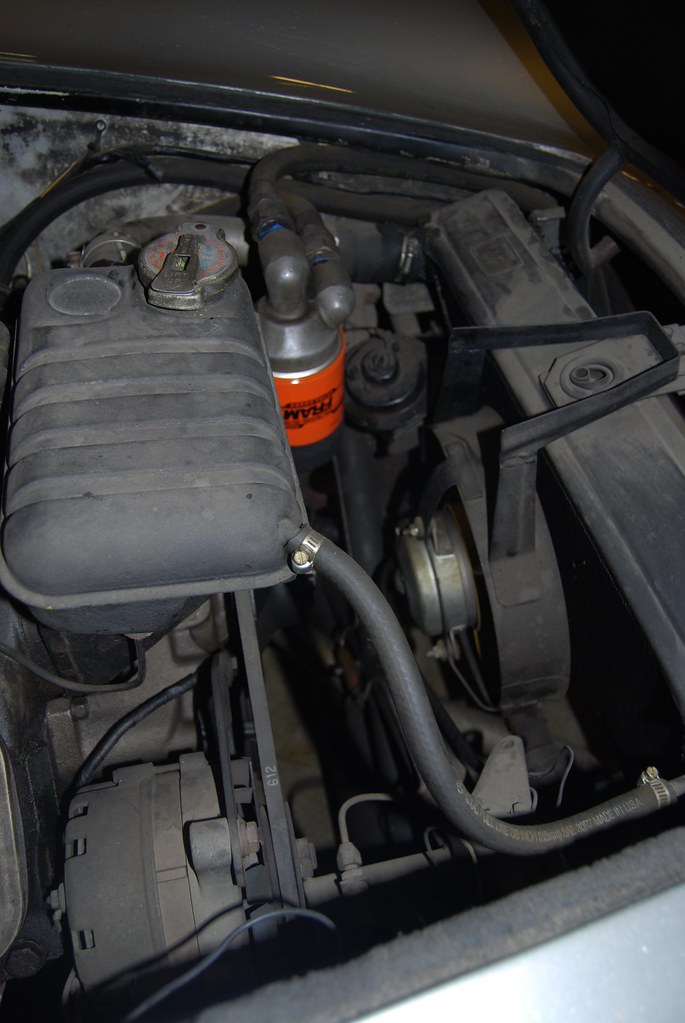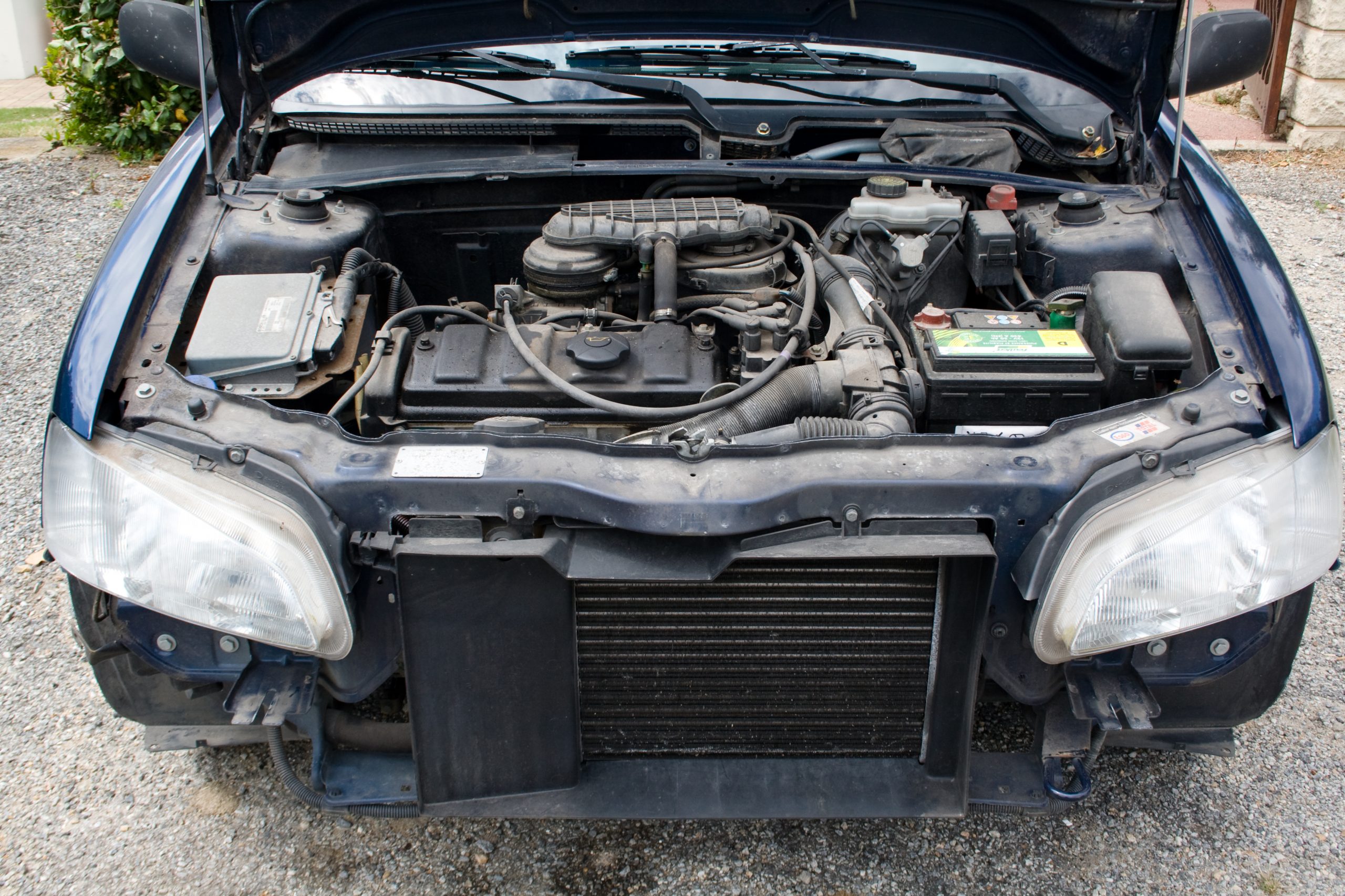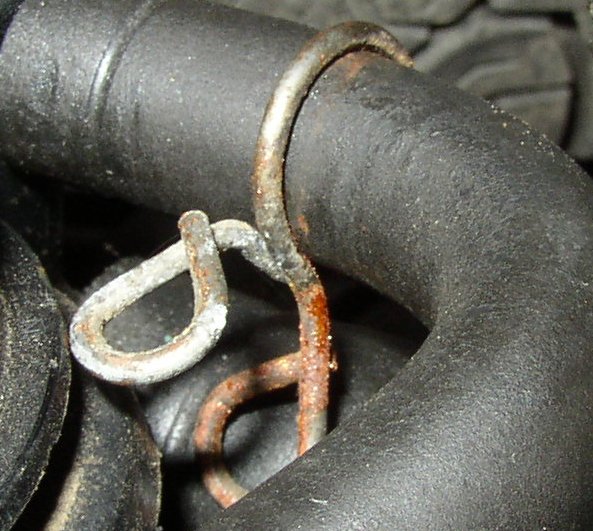Contents
– The radiator hose in its context
– Construction and maintenance of the radiator hose
– Buying and selling a radiator hose
Spelled initially “Durit” because of the brand name selling rubber tubes reinforced with fabric, the radiator hose is part of the cooling system. In this article, we explain its role in the system!
The radiator hose in context

The cooling system, of which the radiator hose is a part, has the function of regulating the engine’s temperature.
Note: Indeed, the combustion of the air-fuel mixture produces high temperatures (about 800°). It is therefore vital to protect the mechanical parts from this temperature to prevent them from breaking.
A coolant circulates as close as possible to the system’s components to evacuate the heat to a cooling radiator’s temperature exchanger. Forced by the vehicle’s speed or by an electric fan, the ambient air passing through the radiator’s bundles evacuates its calories while cooling the liquid.
The coolant flows from the engine to the radiator through two large-diameter hoses (3 to 5 cm), the upper and lower hoses.
Good to know: According to the physical laws of thermodynamics, the hot coolant arrives at the radiator through the upper hose and leaves cooled through the lower hose.
Construction and maintenance of the radiator hose
To absorb engine vibrations and oscillations, the texture of these hoses must be elastic. Previously made of a rubbery material, they are now made of elastomeric materials reinforced with fibrous layers.
Good to know: Elastomeric materials are synthetic molecular assemblies (polymers) with elastic properties.
Radiator hoses must be:
– Flexibility to absorb vibration phenomena;
– rigidity, to support the necessary pressure (from 800 to 1200 millibars);
– thermal resistance (-40°C to 200°C);
– chemical resistance (coolant-hydrocarbons…)
High-quality hoses, reserved for tuning or competition use, also exist in silicone material. They present:
– a high heat exchange (5 to 10% higher) and therefore better resistance to high temperatures;
– a more interesting look since they are colored, according to the user’s choice.
It will help if you get the hoses replaced in case of:
– cracks or fissures
– hernias;
– Hardening on the body or at the clamp location, where the loss of elasticity prevents effective tightening;
– loss of seal.
Buying and selling radiator hose

The possibilities of supply in the automotive industry, are:
– the manufacturer’s network: the amounts related to the vehicle model range from $40 to $150. Unsurprisingly, the price is high, but with the benefit of original quality.
– Independent parts stores:
Oddly enough, radiator hoses are often hard to come by, with manufacturers jealously guarding exclusive supply against the few original manufacturers.
Often, therefore, they provide themselves in the manufacturer’s network by practicing at best the original prices.
– Internet sites specialized in car parts:
They are numerous and offer products at unbeatable prices, from $5 to $40.
Although it is recognized that manufacturers apply exorbitant prices on this category of parts, it is advisable to remain highly cautious as for the quality of these hoses manufactured by almost unknown brands.
– websites selling silicone hoses:
These are real alternatives to the original hose, but the philosophy is not the same. It is necessary to reconstitute the original design by several segments, connected by aluminum sleeves:
– The price of the straight hose is around $10 per meter;
– the bent hoses (45°or 90°) are worth $10 to $11 per unit;
– Aluminum sleeves are $10 to $30.
Please note: The complete shaping of a radiator hose costs approximately $45 to $100.

